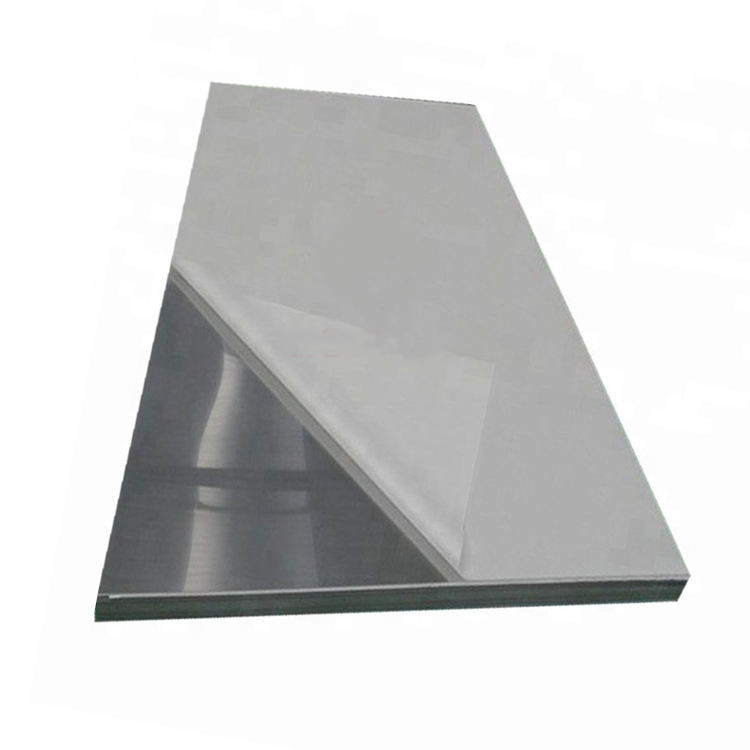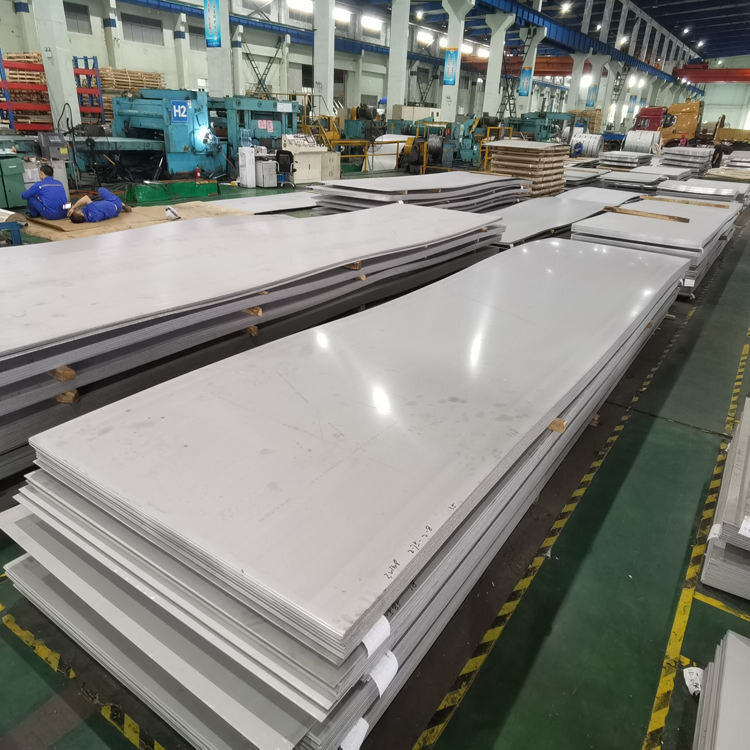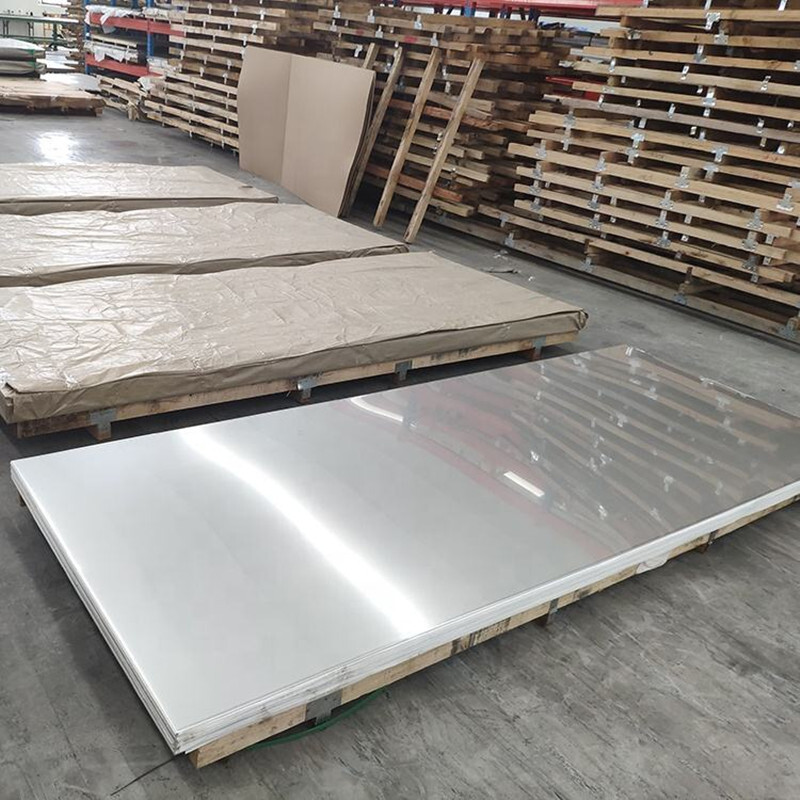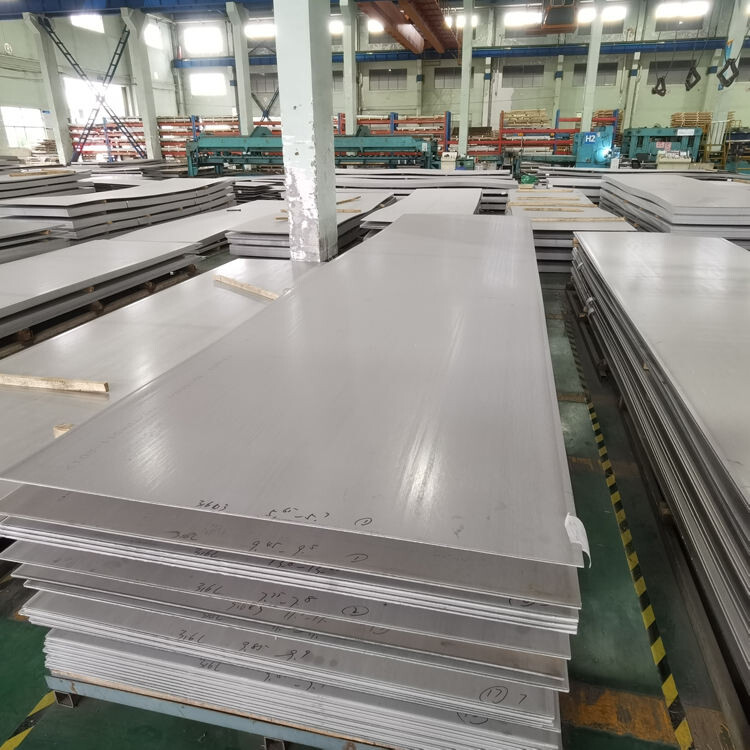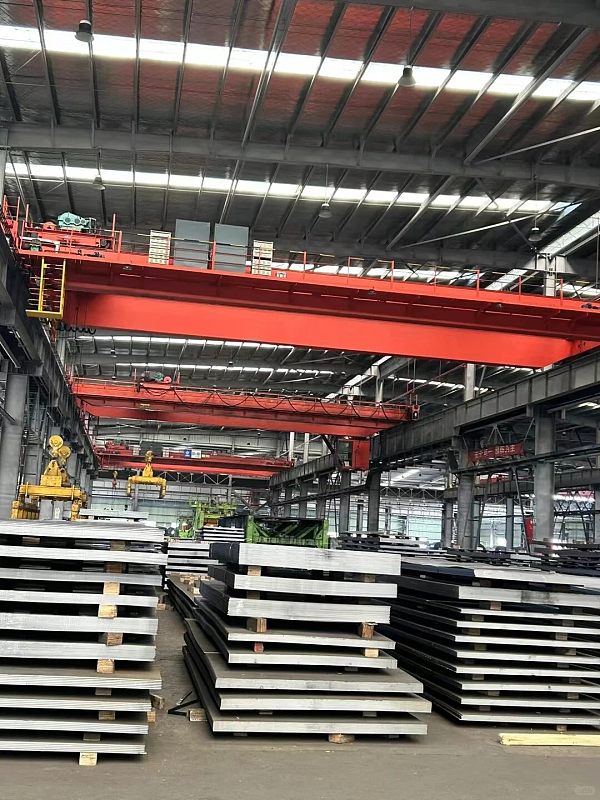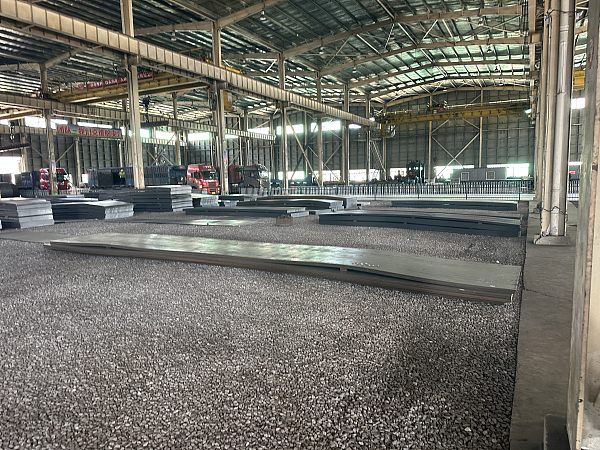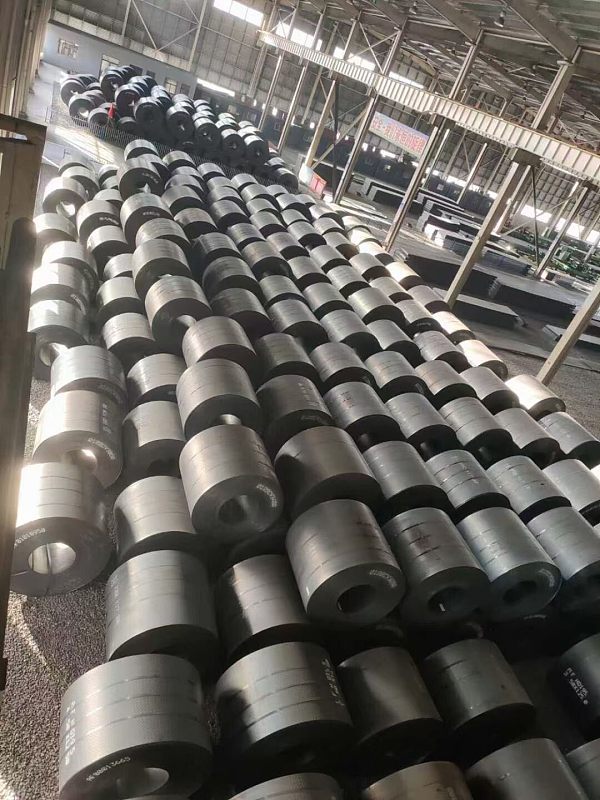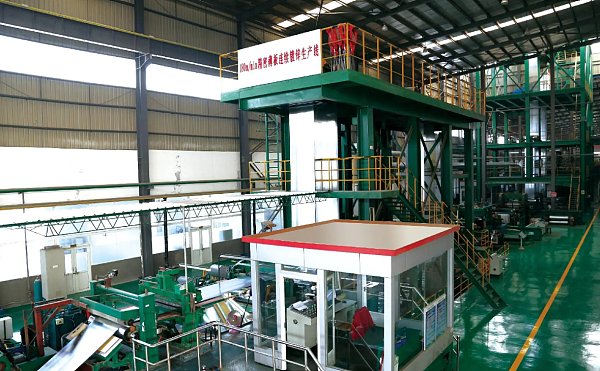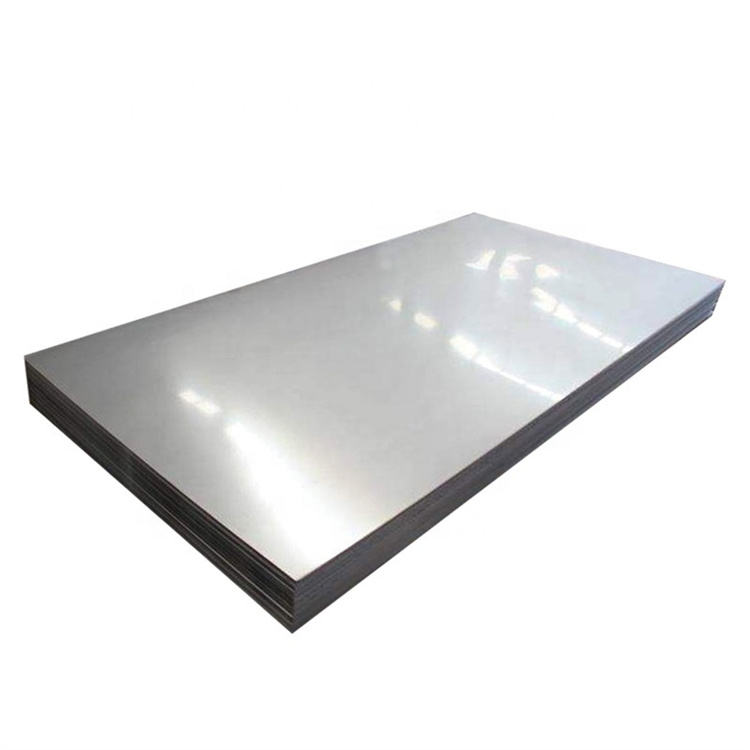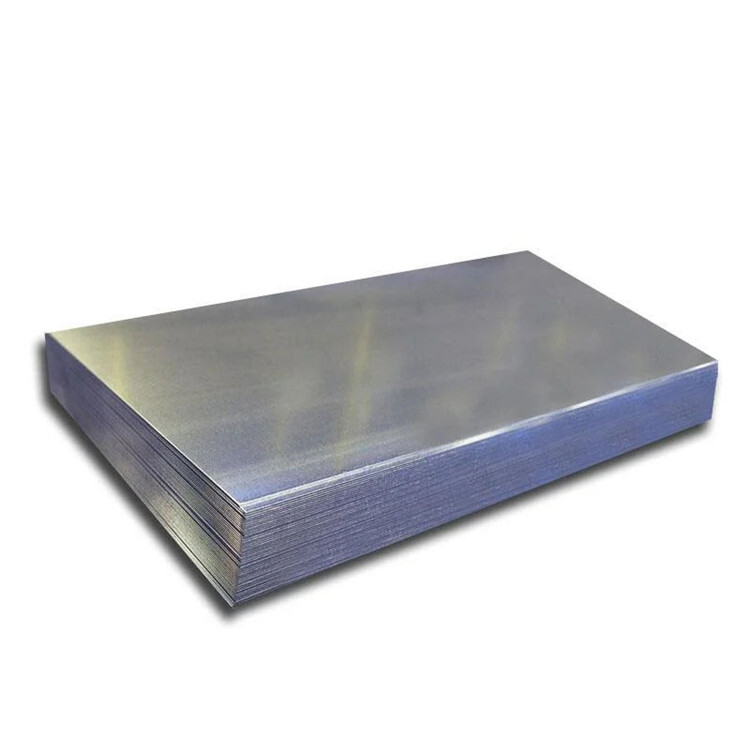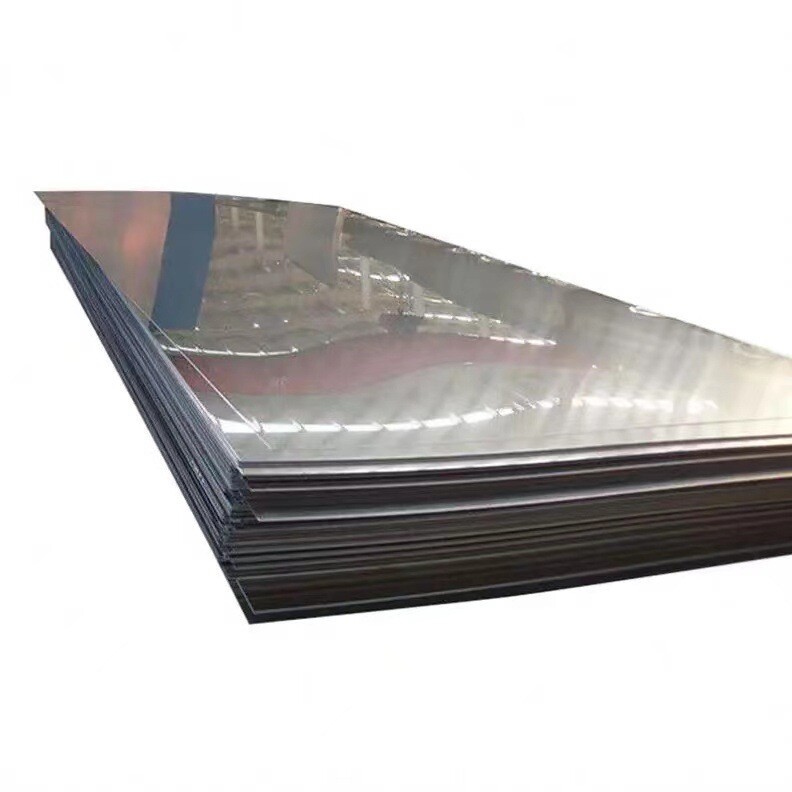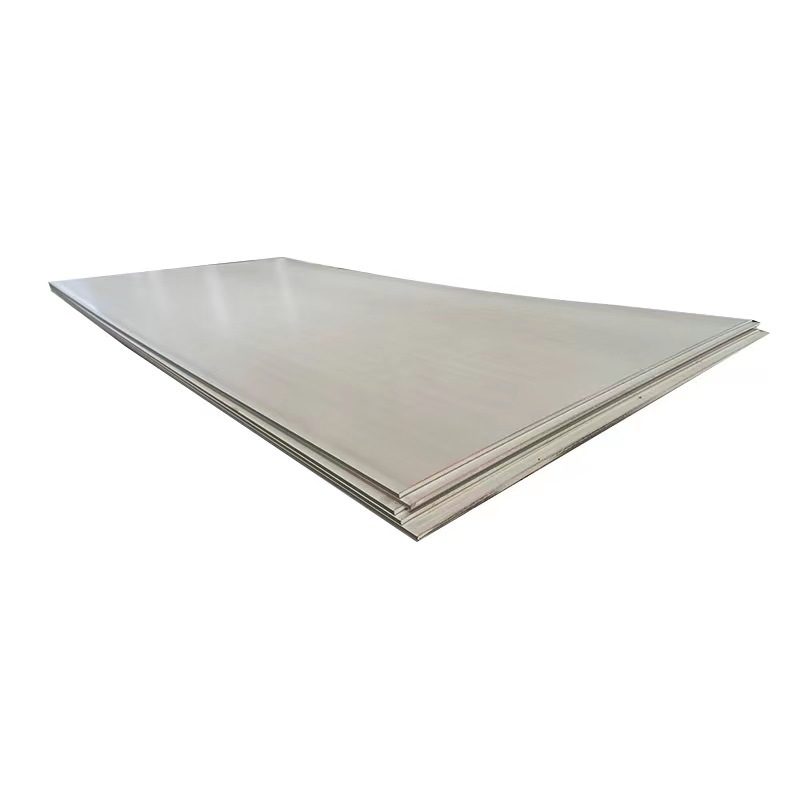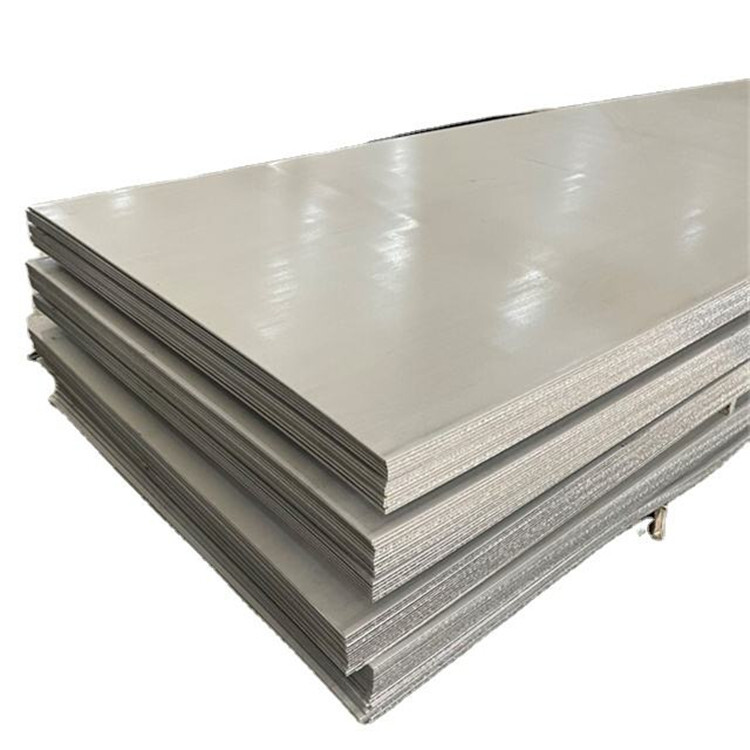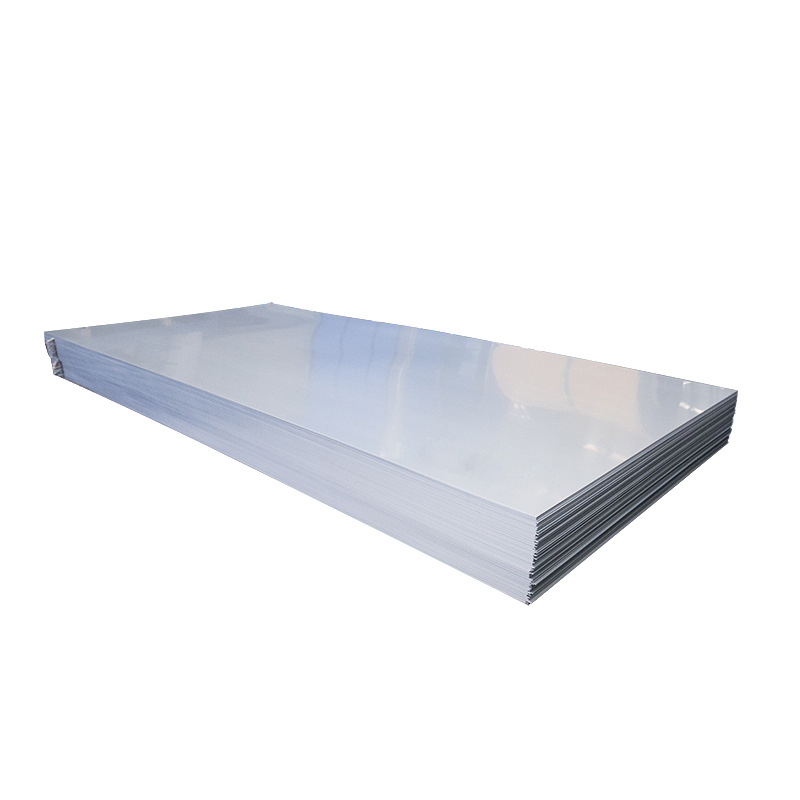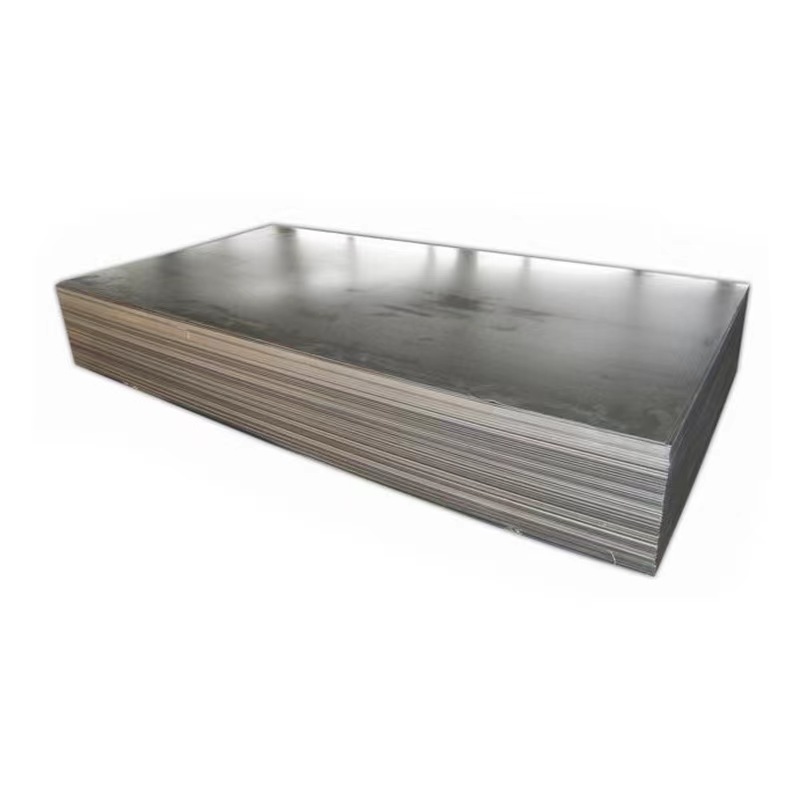PRODUCTS

2205 Stainless Steel Plate
2205 Stainless Steel Plate is a high-performance duplex stainless steel, combining the properties of both austenitic and ferritic steels. This unique blend gives 2205 superior strength, enhanced resistance to corrosion, and excellent toughness in both low and high-temperature environments. Known for its excellent resistance to stress corrosion cracking (SCC) and its ability to withstand chlorides, 2205 stainless steel is widely used in industries like chemical processing, marine, oil and gas, and structural applications where both strength and corrosion resistance are critical.
Key Features of 2205 Stainless Steel Plate
- Duplex Microstructure: 2205 stainless steel has a duplex microstructure, consisting of both austenitic and ferritic phases, giving it superior mechanical properties, including higher strength and better resistance to corrosion compared to single-phase austenitic steels like 304 and 316.
- High Strength and Toughness: It has significantly higher yield and tensile strength than standard austenitic steels, making it suitable for high-load applications. Additionally, it maintains toughness at low temperatures.
- Excellent Corrosion Resistance: The material has outstanding resistance to pitting, crevice corrosion, and stress corrosion cracking, especially in environments with chlorides (such as seawater), which makes it ideal for harsh conditions like marine and offshore environments.
- Stress Corrosion Cracking (SCC) Resistance: 2205 provides excellent resistance to SCC, particularly in chloride-containing environments, which is a common issue with many austenitic stainless steels.
- Weldability and Formability: While stronger than austenitic stainless steels, 2205 stainless steel can still be welded and fabricated using standard techniques, although special care is required in welding to avoid cracking due to the material's high strength.
Technical Specifications of 2205 Stainless Steel Plate
Advantages of 2205 Stainless Steel Plate
- Superior Corrosion Resistance: 2205 stainless steel provides exceptional resistance to corrosion in chloride-rich environments, making it ideal for use in marine, offshore, and chemical processing applications.
- High Strength: It has significantly higher yield and tensile strength than 304 and 316 stainless steels, making it an ideal material for applications requiring high strength and durability.
- Resistant to Stress Corrosion Cracking (SCC): 2205 stainless steel is designed to resist SCC, particularly in environments where there are high concentrations of chlorides, such as in seawater.
- Cost-Effective Alternative: Although it is stronger and more corrosion-resistant than 304 and 316 stainless steel, 2205 is often a more cost-effective solution than more expensive alloys, such as 904L or hastelloy, while still providing excellent performance.
- Ease of Fabrication: 2205 stainless steel is easy to fabricate and can be welded using standard techniques, making it versatile for a wide range of industrial applications.
Common Applications of 2205 Stainless Steel Plate
- Chemical Processing: 2205 is used extensively in the chemical processing industry for equipment such as heat exchangers, pressure vessels, and pipelines, where resistance to corrosion and high-strength are essential.
- Marine and Offshore: The excellent resistance to seawater and chloride environments makes 2205 ideal for use in marine and offshore applications, including shipbuilding, offshore platforms, and seawater desalination.
- Oil and Gas Industry: 2205 is widely used in the oil and gas industry for pipelines, storage tanks, and reactors due to its strength and resistance to corrosion in harsh, corrosive environments.
- Power Plants: In power plants, particularly those handling corrosive materials or seawater cooling systems, 2205 stainless steel is an excellent choice.
- Food and Beverage Industry: Due to its resistance to both corrosion and high temperatures, 2205 is also used in food and beverage processing systems.
Surface Treatments and Finishes for 2205 Stainless Steel Plate
- 2B Finish: A smooth, dull finish produced by cold rolling, annealing, and pickling the steel, commonly used for industrial applications.
- BA (Bright Annealed): A highly reflective, smooth surface achieved by annealing the steel in a controlled atmosphere, ideal for decorative and high-end applications.
- No. 1 Finish: A hot-rolled, unpolished finish that is generally used for industrial applications where the appearance is not critical.
- Polished: The steel plate is polished to a mirror-like finish, suitable for applications requiring both aesthetics and durability.
- Pickled and Passivated: A chemical treatment process used to remove any scale and oxides from the surface, providing enhanced corrosion resistance.
Frequently Asked Questions (FAQ)
1. What makes 2205 stainless steel plate different from 304 and 316 stainless steel?
2205 stainless steel has a duplex microstructure that provides superior strength and corrosion resistance compared to 304 and 316 stainless steels. It is particularly resistant to chloride-induced corrosion, pitting, and stress corrosion cracking (SCC).
2. Can 2205 stainless steel plate be welded?
Yes, 2205 stainless steel plate can be welded using conventional methods like TIG or MIG welding. However, welding procedures need to be carefully controlled to avoid issues such as cracking due to the material's higher strength.
3. Is 2205 stainless steel plate suitable for marine applications?
Yes, 2205 stainless steel plate is highly resistant to seawater and chloride environments, making it ideal for marine and offshore applications, including shipbuilding, offshore rigs, and seawater desalination systems.
4. What is the typical thickness range for 2205 stainless steel plate?
2205 stainless steel plates typically range in thickness from 3 mm to 150 mm, with custom thicknesses available based on specific project needs.
5. Is 2205 stainless steel plate more expensive than 304 or 316 stainless steel?
Although 2205 may be more expensive than 304 or 316 stainless steel, it offers superior performance, especially in chloride environments, making it a more cost-effective solution in the long term for applications requiring both strength and corrosion resistance.
2205 Stainless Steel Plate is a versatile, high-performance material that offers a superior combination of strength, corrosion resistance, and durability. Ideal for use in industries such as chemical processing, marine, oil and gas, and structural engineering, 2205 provides exceptional performance in challenging environments. It is a cost-effective alternative to more expensive alloys, without sacrificing quality or strength. For more information or to request a quote, please contact us.
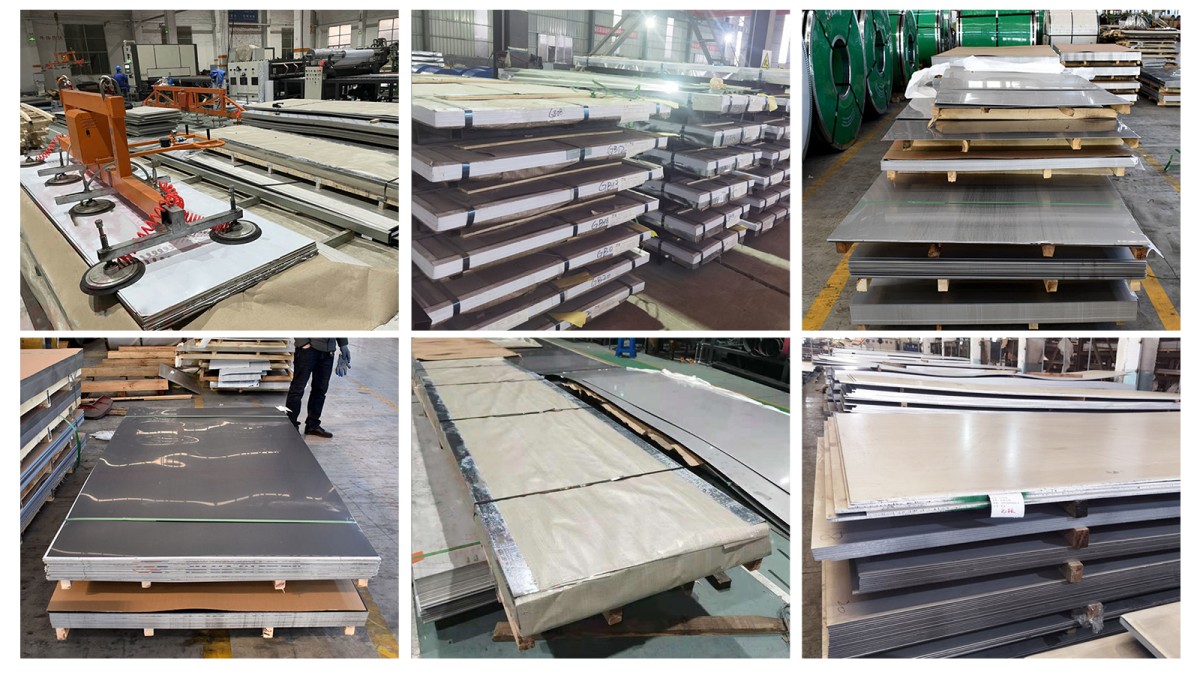
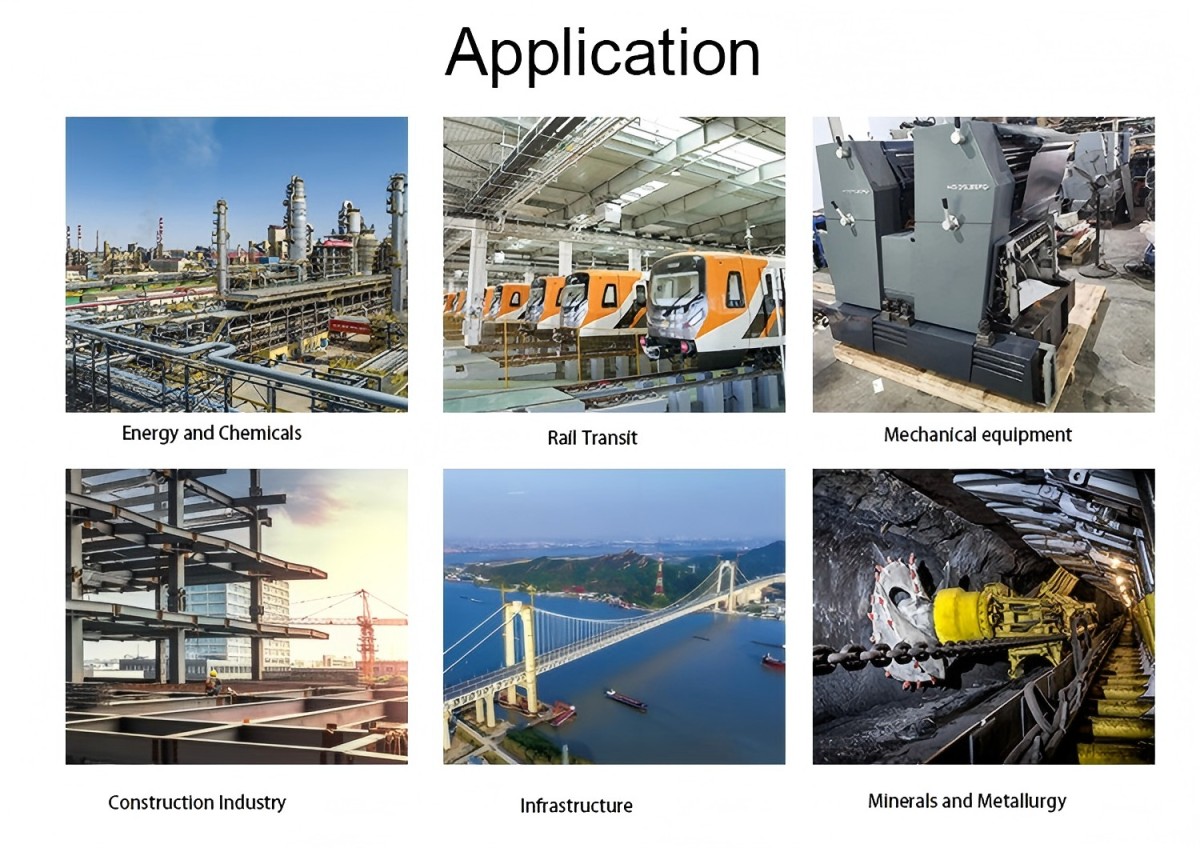
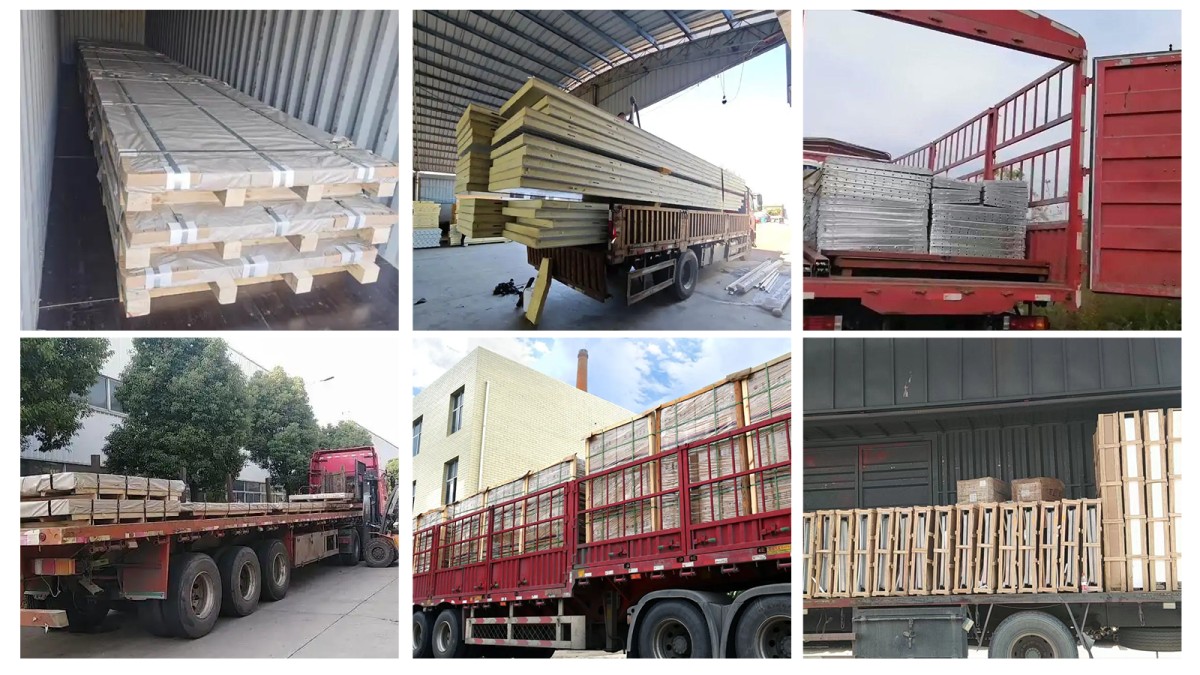
Q: Are You Manufacture or Trade Company?
A: We are the professional manufacturer of steel products located in China. Welcome to contact us and visit our factory before you place orders.
Q: How do you guarantee the quality?
A: We are the professional manufacturer of steel products located in China. Welcome to contact us and visit our factory before you place orders.
Q: Can I get free samples?
A: Of course you can. We can produce according to your samples or technical drawings. Contact us by whatsapp or email to get free samples and you will get the sample after 3-7 working days.
Q: What is the MOQ?
A: If you are scheduling to place a small quantity order or trial order, feel free to contact us, we can meet your requirements.
Q: Can you OEM or ODM?
A: Yes, we have a strong developing team. The products can be made according to your request.
Request A Quote?


